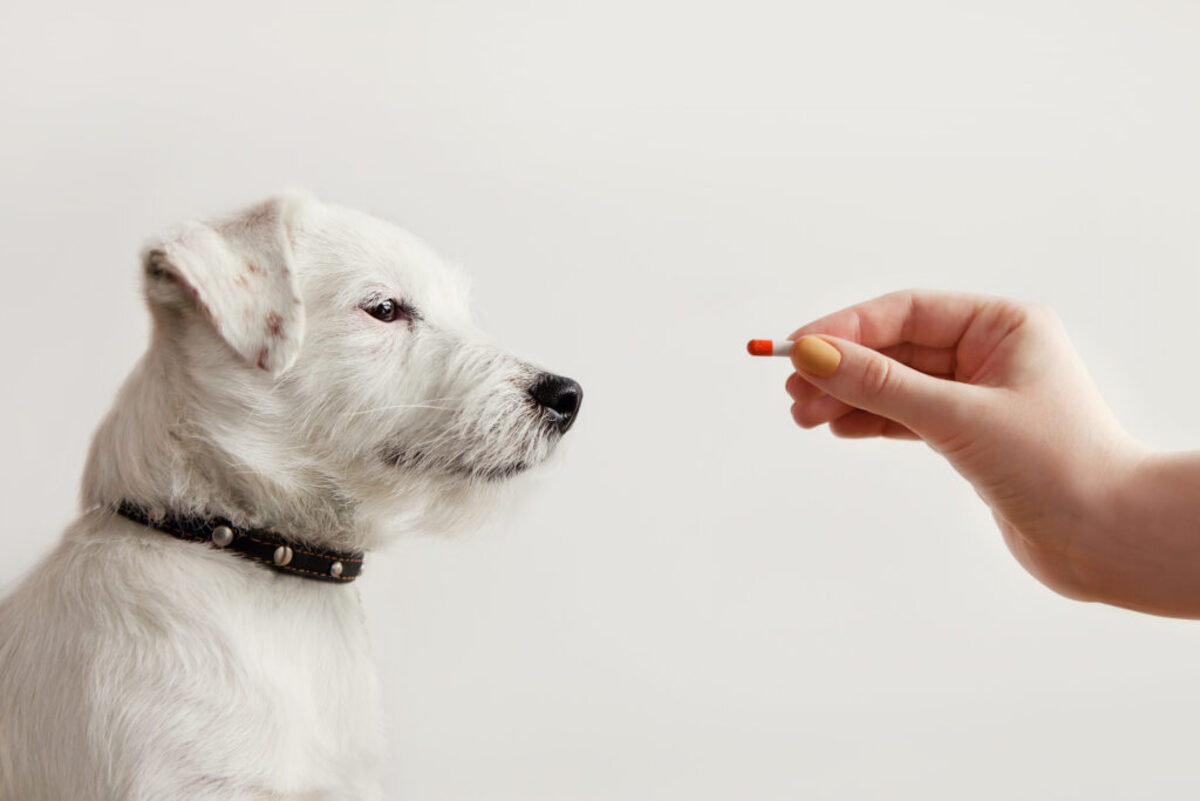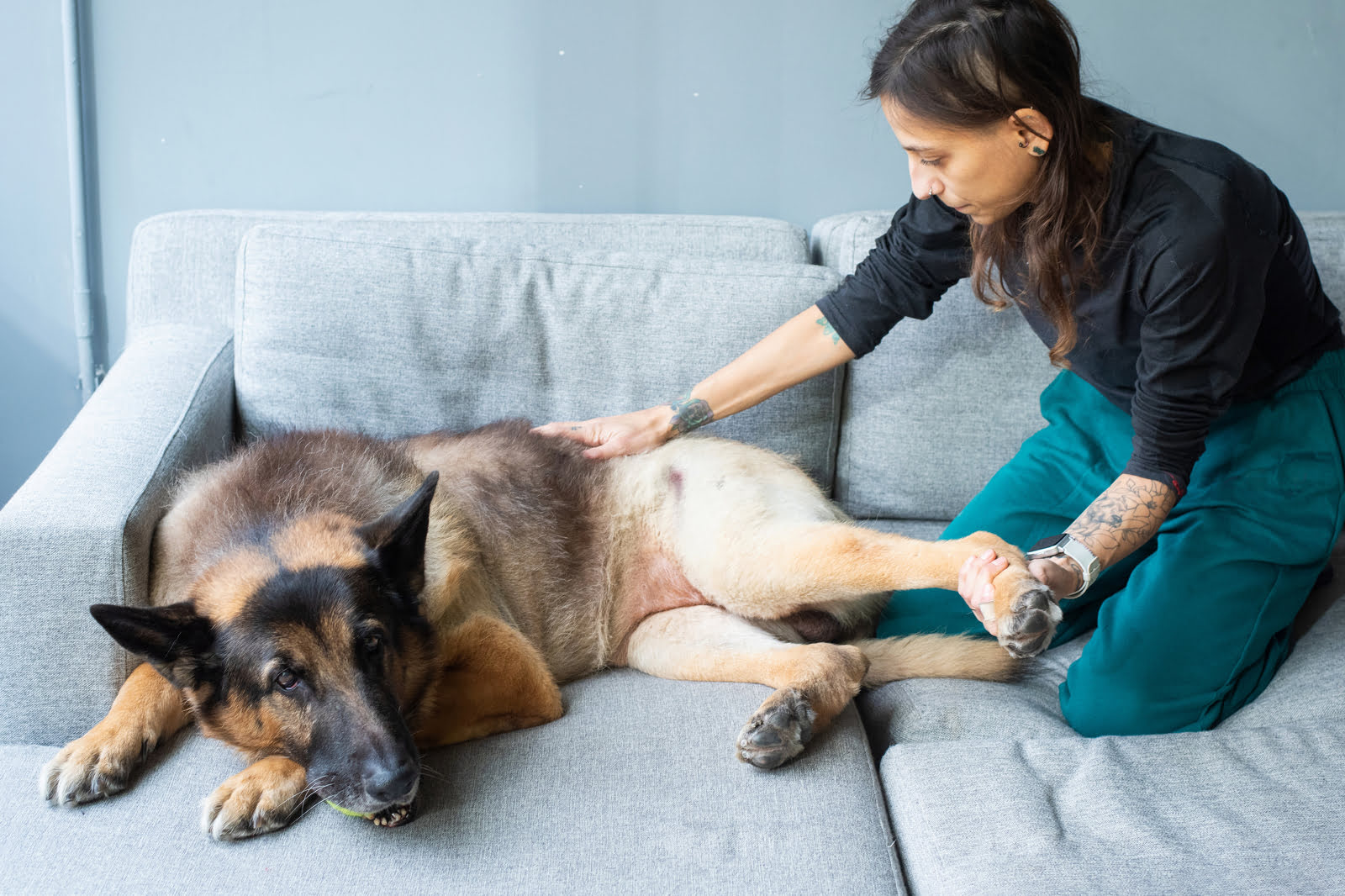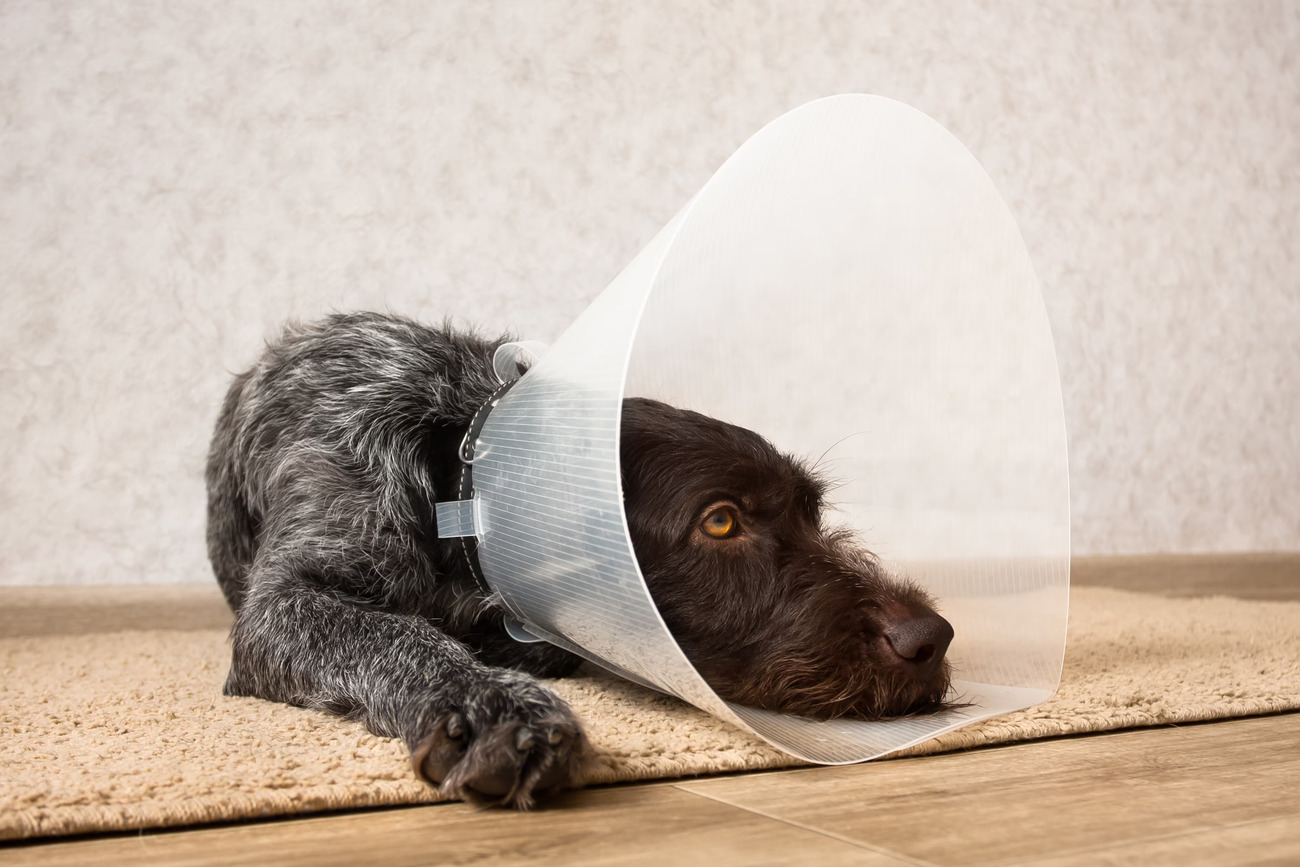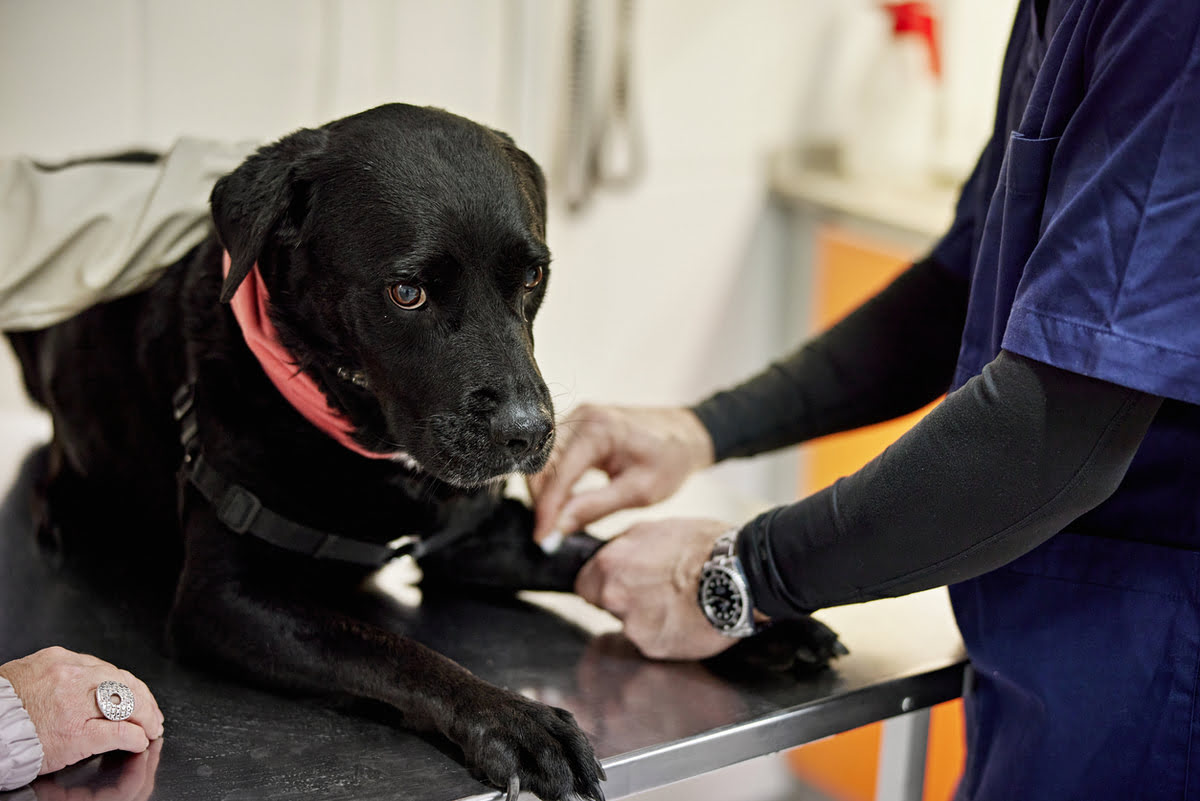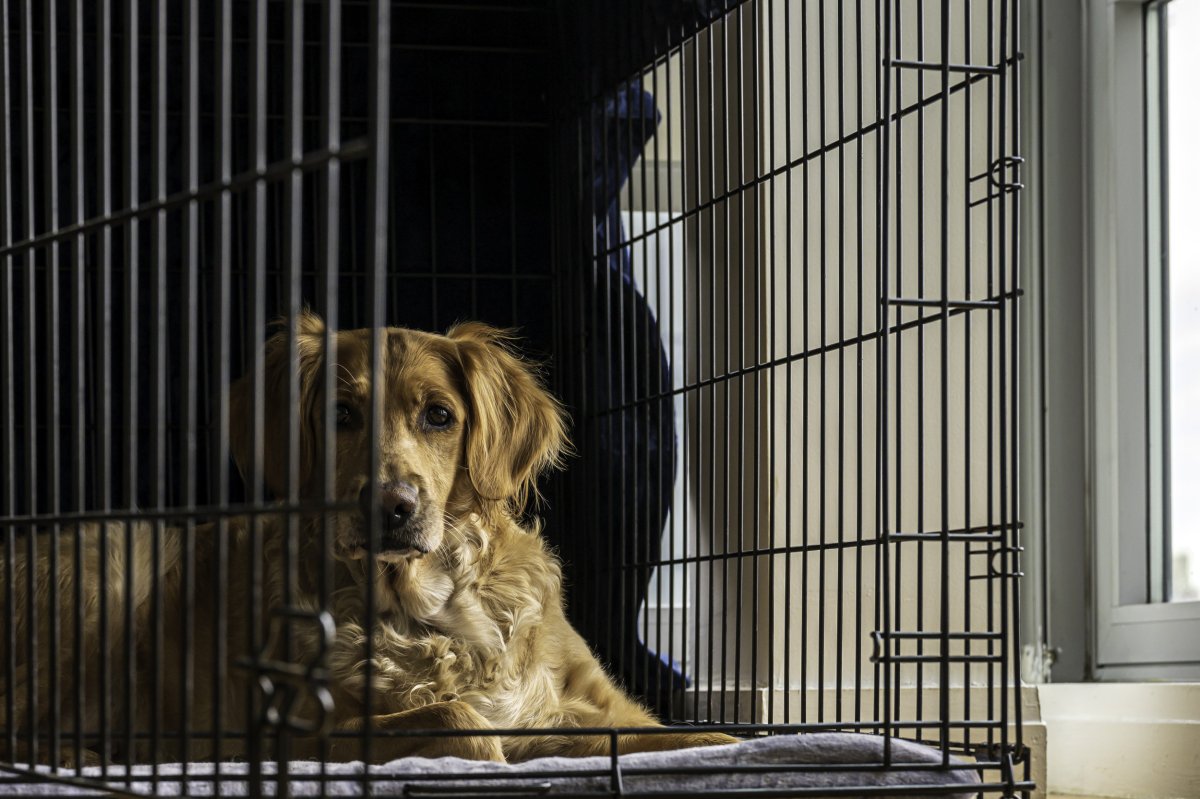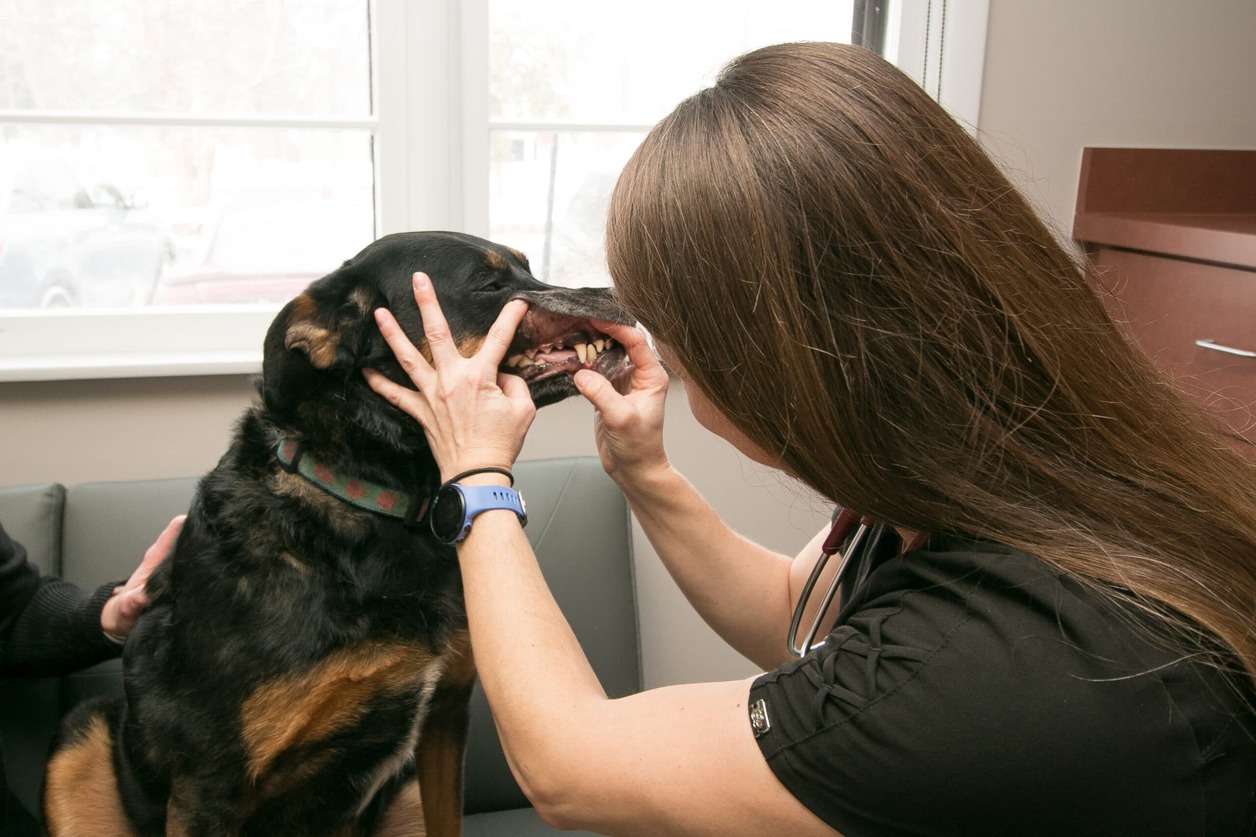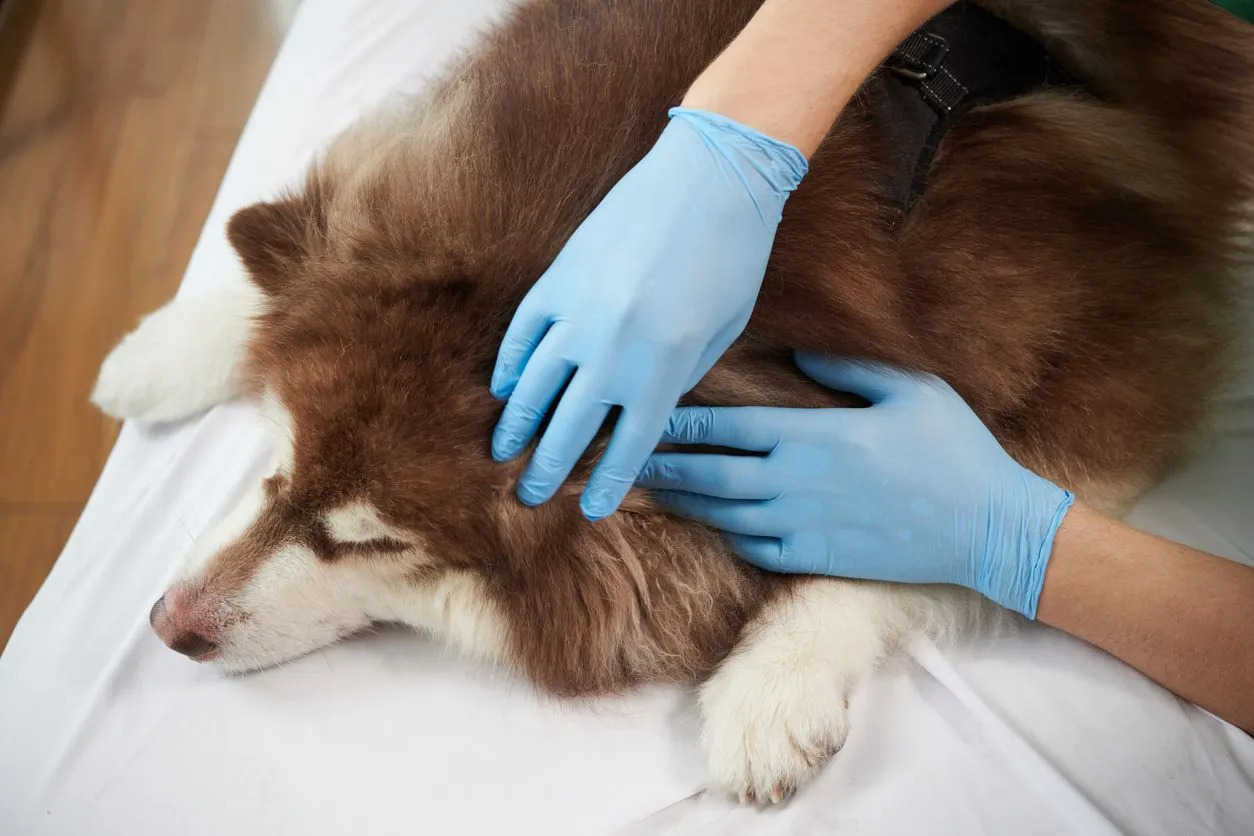Home>Health & Wellness>Common Health Issues>How Long After A Bee Sting Will I Know If My Dog Is Allergic?


Common Health Issues
How Long After A Bee Sting Will I Know If My Dog Is Allergic?
Published: January 25, 2024
Learn about common health issues in dogs, including how long it takes to know if your dog is allergic to a bee sting. Find out what signs to look for and how to keep your pet safe.
(Many of the links in this article redirect to a specific reviewed product. Your purchase of these products through affiliate links helps to generate commission for Pawsomeoldies.com, at no extra cost. Learn more)
Table of Contents
Introduction
Bee stings are a common occurrence for dogs, especially during outdoor activities. While most dogs may only experience temporary discomfort and localized swelling at the sting site, some can have allergic reactions that require immediate attention. Understanding the signs of an allergic reaction and the timeframe for its onset after a bee sting is crucial for every dog owner. This knowledge can help in providing timely care and potentially saving a dog's life.
Allergic reactions to bee stings in dogs can range from mild to severe, with symptoms varying in intensity. It's essential for dog owners to be vigilant and informed about these potential reactions, as quick action can make a significant difference in the outcome for their beloved pets. In this article, we will explore the signs of an allergic reaction in dogs, the timeframe for such a reaction after a bee sting, and what to do if your dog exhibits signs of an allergic response. Understanding these aspects can empower dog owners to be proactive in safeguarding their pets' well-being in the event of a bee sting.
Read more: How To Know If Your Dog Is Allergic To Yeast
Signs of an allergic reaction in dogs
When a dog experiences an allergic reaction to a bee sting, there are several signs that may manifest. It's important for dog owners to be able to recognize these symptoms, as early detection can be critical in providing prompt and appropriate care for their pet. Here are the common signs of an allergic reaction in dogs:
-
Swelling: One of the most noticeable signs of an allergic reaction in dogs is swelling, especially around the face, muzzle, or the site of the sting. This swelling can be rapid and severe, leading to facial distortion and difficulty breathing.
-
Hives: Dogs may develop hives, which are raised, red welts on the skin. These can appear in the vicinity of the sting or spread to other parts of the body. Hives are often itchy and can cause discomfort to the dog.
-
Difficulty Breathing: An allergic reaction can lead to respiratory distress in dogs. They may exhibit rapid or labored breathing, wheezing, or gasping for air. This is a serious symptom that requires immediate veterinary attention.
-
Weakness or Collapse: Some dogs may experience weakness, lethargy, or even collapse as a result of an allergic reaction. This can be a frightening and life-threatening manifestation of anaphylaxis.
-
Vomiting and Diarrhea: Gastrointestinal symptoms such as vomiting and diarrhea can occur in dogs experiencing an allergic reaction. These symptoms can contribute to dehydration and further complications.
-
Agitation or Anxiety: Dogs in distress may exhibit signs of agitation, restlessness, or anxiety. They may pace, whine, or seek comfort from their owners.
-
Pale Gums: The gums of a dog experiencing an allergic reaction may appear pale or bluish in color, indicating poor oxygenation and potential shock.
It's important to note that these symptoms can vary in intensity and may not all present in every case of an allergic reaction. Additionally, the severity of the reaction can escalate rapidly, underscoring the need for swift action when these signs are observed.
Understanding these signs can help dog owners to promptly recognize and respond to an allergic reaction in their pets, potentially saving their lives. If a dog exhibits any of these symptoms after a bee sting, immediate veterinary care is crucial to mitigate the allergic response and ensure the best possible outcome for the animal.
Timeframe for allergic reaction after a bee sting
The timeframe for an allergic reaction in dogs after a bee sting can vary significantly. In most cases, the onset of symptoms occurs rapidly, typically within minutes to hours after the sting. However, it's important to note that the severity and speed of the allergic response can differ from one dog to another. Understanding the potential timeframe for an allergic reaction is crucial for dog owners, as it can guide them in promptly recognizing and addressing any concerning symptoms in their pets.
For some dogs, the signs of an allergic reaction may become apparent within minutes of being stung by a bee. This rapid onset can be alarming, as it means that the dog's body is mounting an intense immune response to the venom injected by the bee. In these cases, swift action is imperative, as the allergic reaction can escalate quickly, leading to severe symptoms such as swelling, difficulty breathing, and systemic distress.
On the other hand, some dogs may not display noticeable allergic symptoms until several hours after being stung. This delayed onset can pose a challenge for dog owners, as they may initially believe that their pet has escaped an allergic reaction, only to have symptoms manifest later. Therefore, vigilance and close monitoring of the dog following a bee sting are essential, even if immediate symptoms are not evident.
In rare instances, an allergic reaction may even occur days after a bee sting. This delayed hypersensitivity response, known as a type IV allergic reaction, can lead to localized swelling, redness, and itching at the sting site. While this type of reaction is not typically life-threatening, it underscores the unpredictable nature of allergic responses in dogs and the importance of remaining attentive to any changes in the dog's condition following a bee sting.
Given the variability in the timeframe for allergic reactions, dog owners should be prepared to act swiftly if their pet is stung by a bee. Monitoring the dog closely for at least 24 hours after a sting is advisable, as this timeframe encompasses the typical window for the onset of allergic symptoms. If any concerning signs emerge within this period, seeking immediate veterinary care is paramount to ensure the best possible outcome for the dog.
Understanding the potential timeframe for an allergic reaction after a bee sting empowers dog owners to be proactive in safeguarding their pets' well-being. By remaining vigilant and informed, they can effectively respond to any allergic symptoms that may arise, potentially mitigating the severity of the reaction and facilitating prompt veterinary intervention.
What to do if your dog shows signs of an allergic reaction
If your dog exhibits signs of an allergic reaction after a bee sting, swift and decisive action is crucial to mitigate the severity of the response and ensure the best possible outcome for your pet. Here are the steps to take if your dog shows signs of an allergic reaction:
-
Seek Veterinary Care Immediately: The moment you observe any concerning signs of an allergic reaction in your dog, such as swelling, difficulty breathing, hives, weakness, or gastrointestinal distress, it is imperative to seek veterinary care without delay. Contact your veterinarian or the nearest emergency animal hospital and provide them with a detailed description of your dog's symptoms. Time is of the essence in addressing allergic reactions, and professional medical intervention is essential to stabilize your dog's condition and administer appropriate treatment.
-
Do Not Administer Medication Without Veterinary Guidance: While it may be tempting to administer over-the-counter medications such as antihistamines to your dog in an attempt to alleviate allergic symptoms, it is crucial to refrain from doing so without veterinary guidance. The dosage and suitability of medications for dogs experiencing allergic reactions require expert assessment, and inappropriate administration can exacerbate the situation. Trust the expertise of veterinary professionals to determine the most effective course of treatment for your dog.
-
Minimize Stress and Keep Your Dog Calm: During this critical period, it is important to keep your dog as calm and stress-free as possible. Limiting physical activity and providing a quiet, comfortable environment can help reduce the strain on your dog's body as it copes with the allergic reaction. Comforting your pet with gentle reassurance and soothing tones can also contribute to a sense of security and well-being.
-
Monitor Your Dog Closely: While awaiting veterinary care, closely monitor your dog's condition and any changes in symptoms. Note the progression of swelling, breathing patterns, and overall behavior. This information can be valuable in providing the veterinarian with a comprehensive understanding of your dog's response to the allergic reaction.
-
Prepare for Transport: If you are taking your dog to a veterinary facility, prepare for safe and swift transport. Ensure that your dog is secure and comfortable during the journey, and be mindful of any changes in their condition en route. If possible, have a family member or friend accompany you to provide support and assistance during this stressful time.
In the event of an allergic reaction to a bee sting, every moment counts in ensuring the well-being of your dog. By promptly seeking professional veterinary care, refraining from self-medicating your pet, and providing a calm and supportive environment, you can play a pivotal role in facilitating the best possible outcome for your beloved canine companion.
Conclusion
In conclusion, being aware of the signs of an allergic reaction in dogs and understanding the potential timeframe for such a response after a bee sting is paramount for every dog owner. The well-being of our beloved pets hinges on our ability to recognize and respond to allergic symptoms swiftly and effectively. By familiarizing ourselves with the manifestations of an allergic reaction, we can take proactive measures to safeguard our dogs in the event of a bee sting.
The signs of an allergic reaction, including swelling, hives, difficulty breathing, weakness, gastrointestinal distress, agitation, and pale gums, serve as crucial indicators of a potentially life-threatening situation. Recognizing these symptoms and seeking immediate veterinary care can make a profound difference in the outcome for our dogs. Additionally, understanding the variability in the timeframe for allergic responses underscores the importance of vigilant monitoring and swift action following a bee sting.
As responsible dog owners, it is our duty to prioritize the well-being of our canine companions. In the face of an allergic reaction to a bee sting, every moment is critical. By promptly seeking professional veterinary care, refraining from self-medicating our pets, and providing a calm and supportive environment, we can play a pivotal role in facilitating the best possible outcome for our beloved dogs.
Ultimately, knowledge and preparedness are our greatest assets in ensuring the health and safety of our pets. By staying informed about allergic reactions and remaining attentive to any changes in our dogs' condition, we can be proactive advocates for their well-being. Through our dedication and swift response, we can provide our dogs with the care and support they need in the face of an allergic reaction, potentially saving their lives and preserving the unbreakable bond we share with our furry companions.

